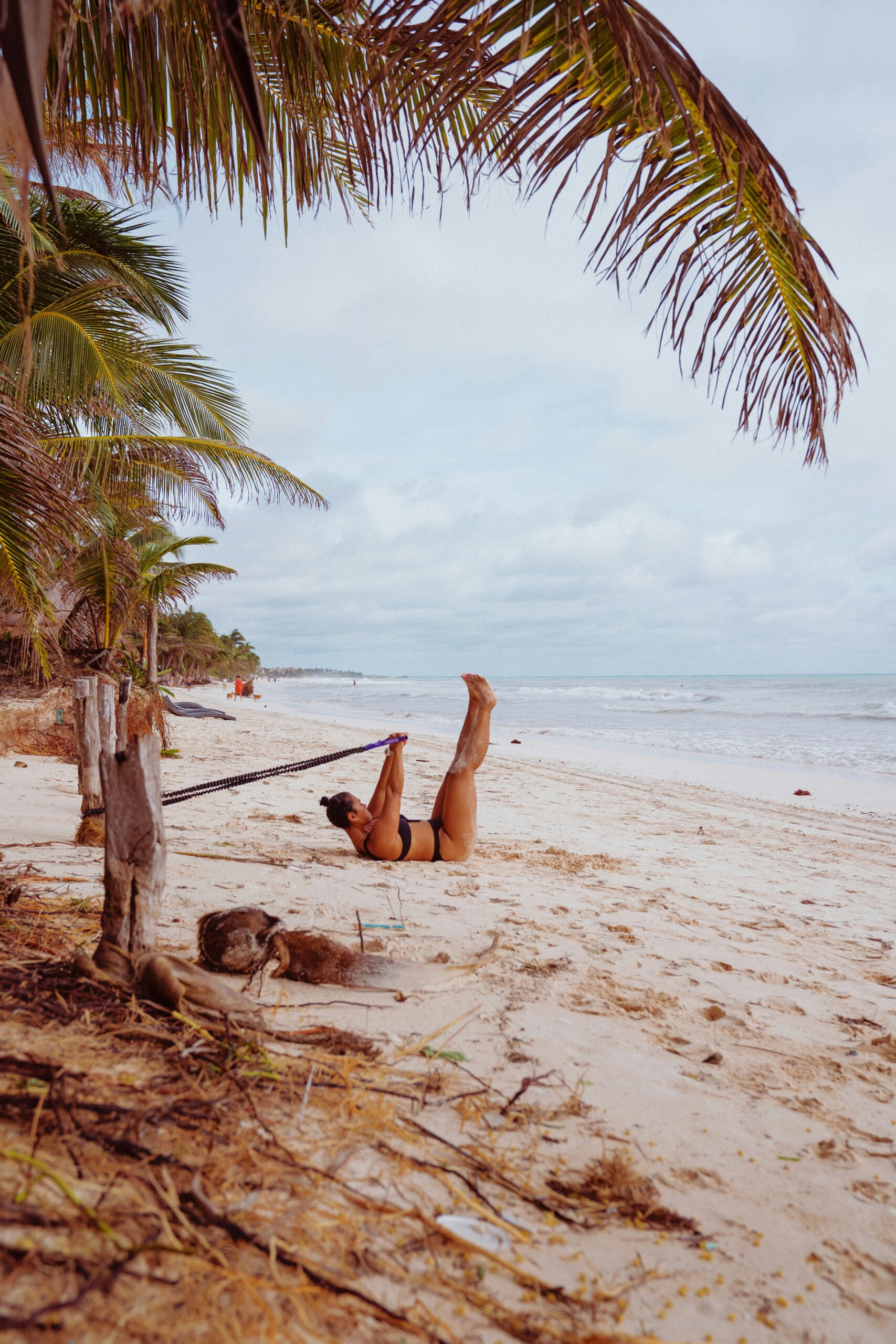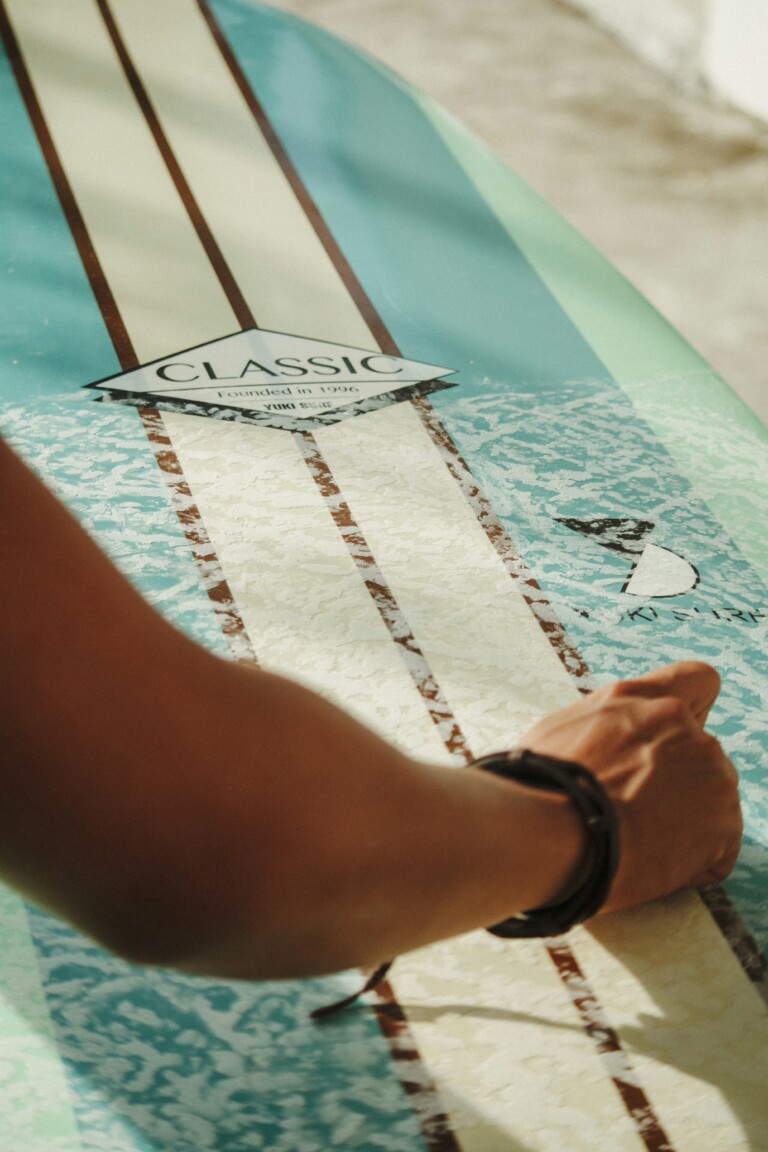Surfing is a full-body workout that demands strength, flexibility, balance, and endurance. To excel in the waves, it’s essential to complement your time in the water with targeted exercises on land. At San Diego Surf School, we know that improving your fitness off the board can significantly enhance your performance in the water. Here’s a guide to some of the best workouts for surfers, designed to help you build the strength and agility needed for San Diego surfing.
1. Core Strengthening
Your core is the powerhouse of your body, crucial for maintaining balance on the board. A strong core helps you stay stable while riding waves and enables quick, smooth transitions from lying down to standing up.
- Planks: Hold a plank position for 30-60 seconds, ensuring your body is in a straight line from head to heels. This exercise targets your entire core, including your abs, obliques, and lower back.
- Russian Twists: Sit on the ground with your knees bent, lean back slightly, and twist your torso from side to side, holding a weight or medicine ball. This exercise strengthens your obliques and enhances rotational power.
2. Leg and Lower Body Workouts
Powerful legs are key to generating speed and maintaining control while surfing. Incorporate lower body exercises into your routine to boost your surfing abilities.
- Squats: Squats are a fundamental exercise for surfers. They build strength in your quads, hamstrings, and glutes, all of which are essential for explosive pop-ups and powerful turns.
- Lunges: Lunges improve balance and stability while strengthening your lower body. Perform walking lunges or stationary lunges with added weights for increased intensity.
3. Upper Body Strength
Paddling out to the lineup and popping up on your board requires significant upper body strength. Focus on exercises that target your shoulders, chest, and arms.
- Push-Ups: Push-ups are great for building upper body strength, particularly in your chest, shoulders, and triceps. Try different variations, like wide-arm push-ups or decline push-ups, to challenge yourself.
- Pull-Ups: Pull-ups are an excellent way to develop your back and biceps, which are essential for strong paddling. If you’re new to pull-ups, start with assisted pull-ups or use resistance bands.
4. Cardiovascular Endurance
Surfing demands a lot of stamina, especially during long sessions in the water. Incorporating cardio workouts into your routine will help you maintain energy and prevent fatigue.
- Swimming: Swimming is one of the best cardio workouts for surfers, as it mimics the movements of paddling and helps improve your endurance in the water.
- Running: Running, especially on the beach, can help improve your cardiovascular endurance and leg strength. Try interval training with short sprints to build explosive power.
5. Flexibility and Balance Training
Flexibility and balance are crucial for performing maneuvers on the board and reducing the risk of injury.
- Yoga: Yoga is an excellent way to improve flexibility, balance, and mental focus. Poses like Downward Dog, Warrior II, and Tree Pose are particularly beneficial for surfers.
- Balance Board Training: Using a balance board can help simulate the instability of a surfboard, allowing you to practice maintaining your balance in a controlled environment.
Why Choose San Diego Surf School?
At San Diego Surf School, we don’t just focus on teaching you how to surf—we aim to help you become the best surfer you can be. Our San Diego surf lessons incorporate fitness tips and exercises tailored to improve your strength, endurance, and overall surfing performance. Whether you’re new to surfing or looking to take your skills to the next level, our expert instructors will guide you every step of the way.
Incorporating these workouts into your fitness routine will significantly enhance your surfing abilities, allowing you to ride waves with greater power, control, and confidence. At San Diego Surf School, we believe that the key to successful San Diego surfing is a combination of in-water practice and targeted land-based exercises.
















